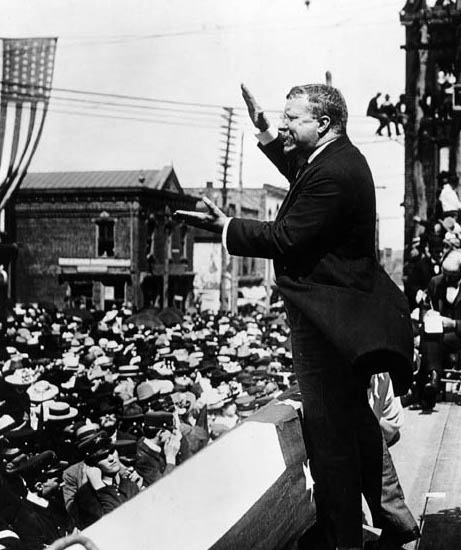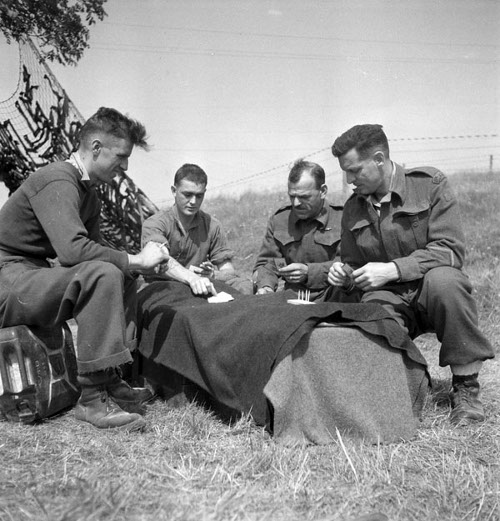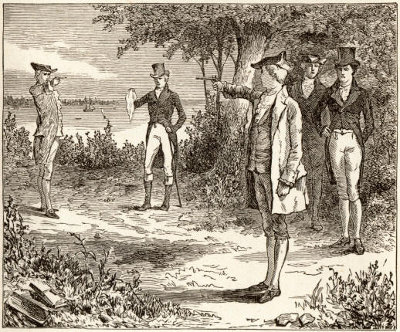
The other day, I was staring blankly at my bookshelf in my office while thinking about something related to the Art of Manliness.
As I semi-zoned out, a book caught my eye: Fire in the Belly by Sam Keen.
I hadn’t cracked that book open in over a decade.
When I first started AoM back in 2008, I poured through all the books about manhood and masculinity that were out there. Fire in the Belly was one of them.
(Here are the 13 best books about manhood and masculinity that came out of that study).
Fire in the Belly was published in 1991 and is part of the “mythopoetic” male literature that was popular around that time. Think Robert Bly and Iron John and drum circles and the like.
In the book, Keen argues that one of the problems facing modern men is that they lack, well, “fire in the belly.” It’s a spiritedness that drives men to do great deeds. Thumos, in other words.
After I noticed Fire in the Belly on my shelf, I took it down and thumbed through it, recollecting that I considered the book a mixed bag. Keen takes a compelling idea — fire in the belly — and tries to make it jive with a New Age pony-tailed nice guy ethos. He wants men to have spiritedness, but in a non-threatening Age of Aquarius sort of way.
A lot of the mythopoetic men stuff is like that. It forwards some good concepts, but they’re often framed in a way that doesn’t resonate with me personally. I’m sure people have the same reaction to AoM. That’s how the let’s-talk-about-being-a-man cookie crumbles.
One section that I did think was interesting in the book is called “Recovering Your Personal History of Manhood.” In it, Keen lists a series of questions to help you reflect on and better understand your idea of manhood.
Again, the content is a mixed bag. In typical mythopoetic male fashion, there are snicker- and eye-roll-inducing questions like: “Trace the history of your penis. When did you first become aware that you had a dangling destiny?”
But there are also some questions that I thought were useful, which I list below.
They’ve given me some things to think about. They could be good conversation starters next time you’re hanging out with your bros. They might even be good to talk about with your teenage son.
- Collect photographs from your childhood and use them to tell a story of what you learned about being a man in your family of origin.
- What was your father’s ideal of masculinity?
- Who were your early heroes and role models?
- What books, movies, or television programs presented you with images of men you imitated?
- What kind of ceremonies or symbolic activities marked your passage from boyhood into manhood?
- Who initiated you into manhood? Father, brother, uncle, grandfather, teachers, religious leaders, friends?
- How, ideally, would you initiate your son into manhood? What would you say to him about the difficulties and joys of being a man? What advice would you give him?
- What men do you most admire today? Despise?
- What is hardest about being a man? What do you resent?
- How competitive do you feel with other men?
- Are you afraid men would despise or take advantage of you if they knew your hidden weaknesses?
- What do you enjoy about being a man?







